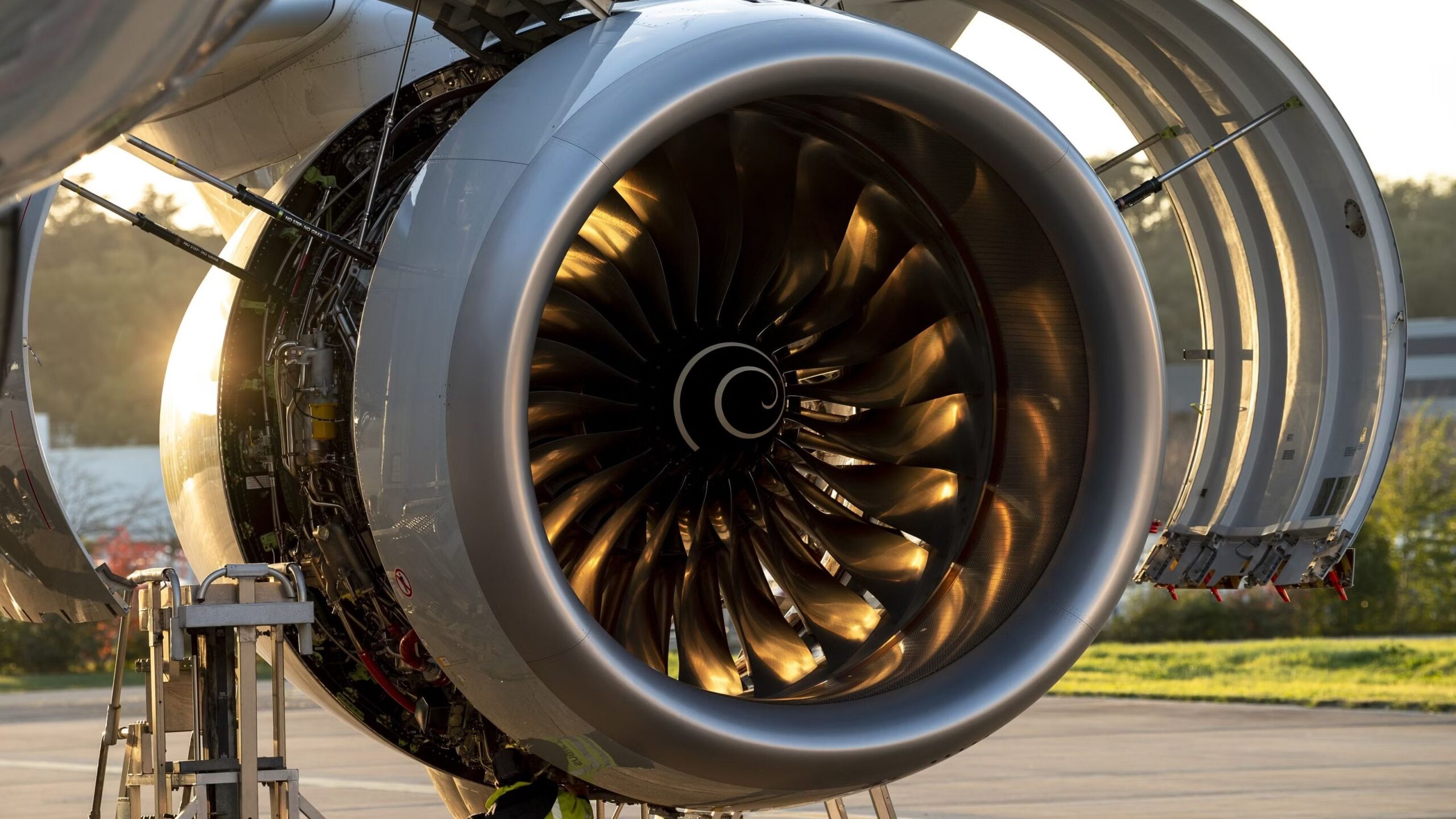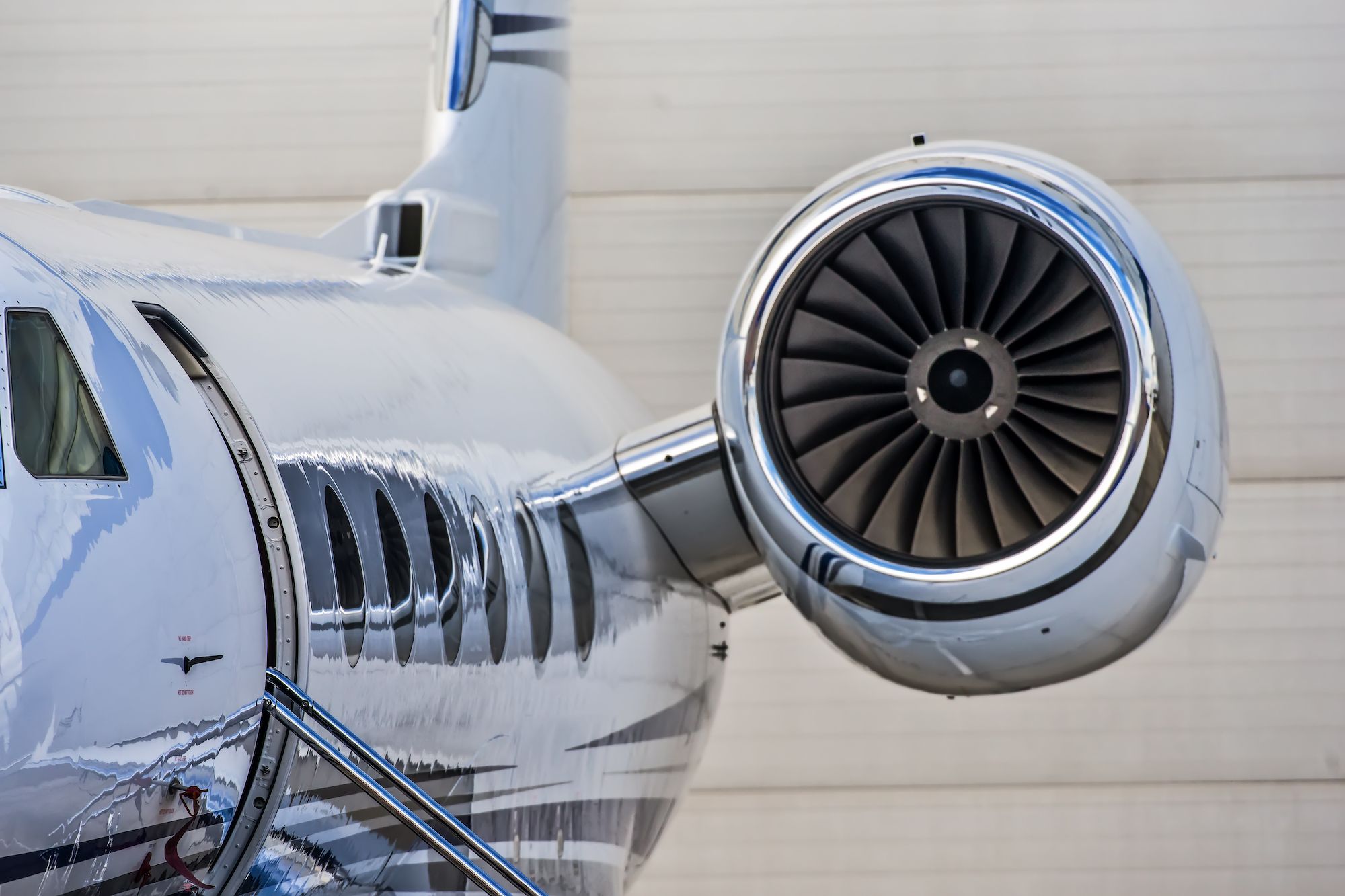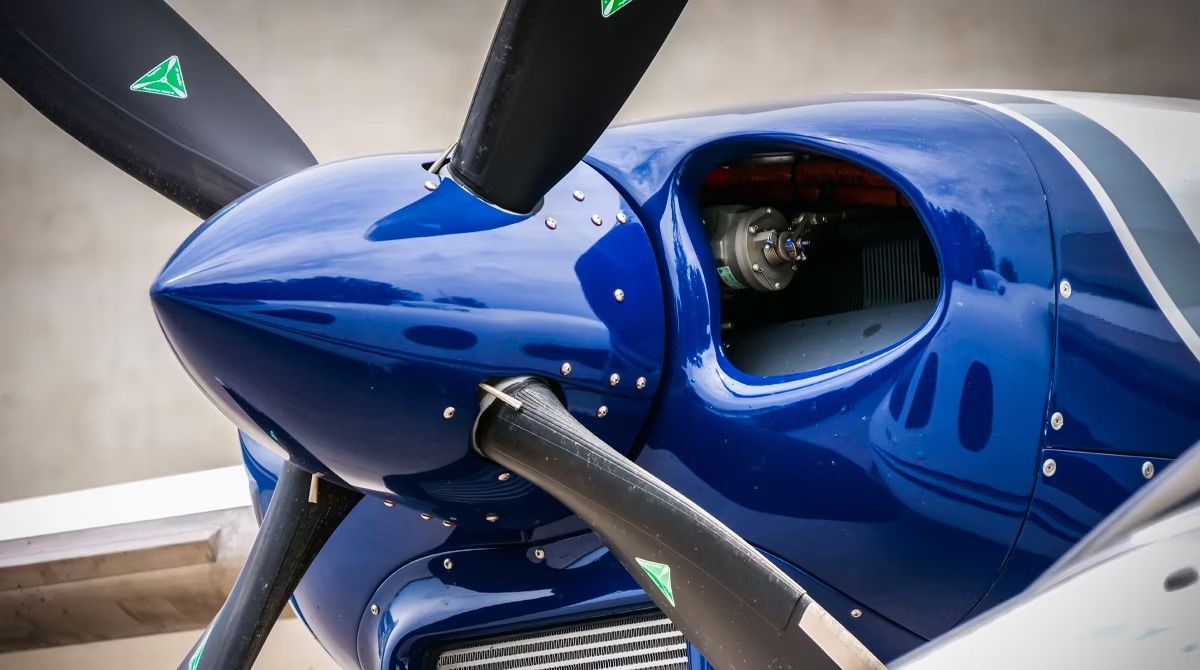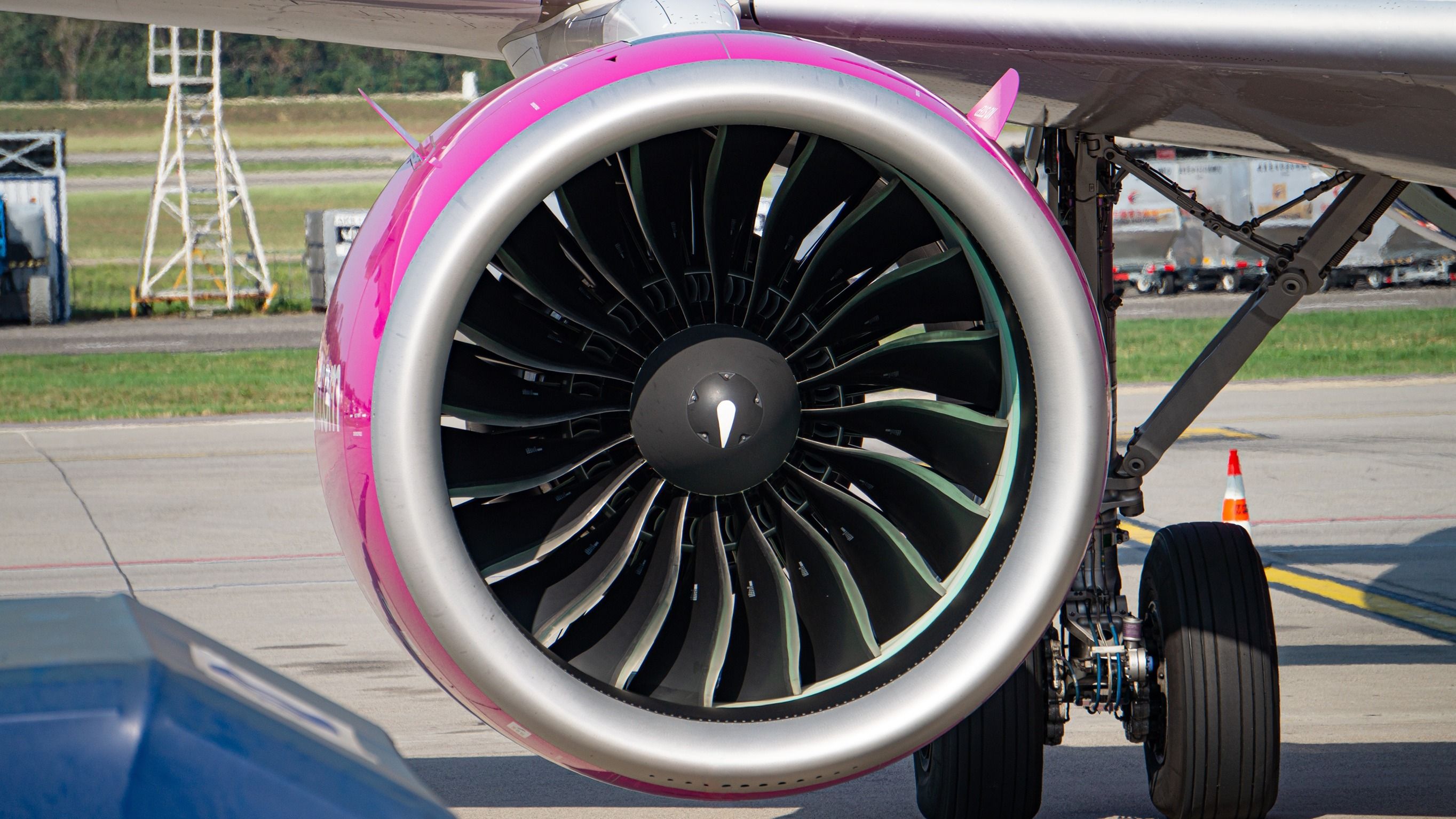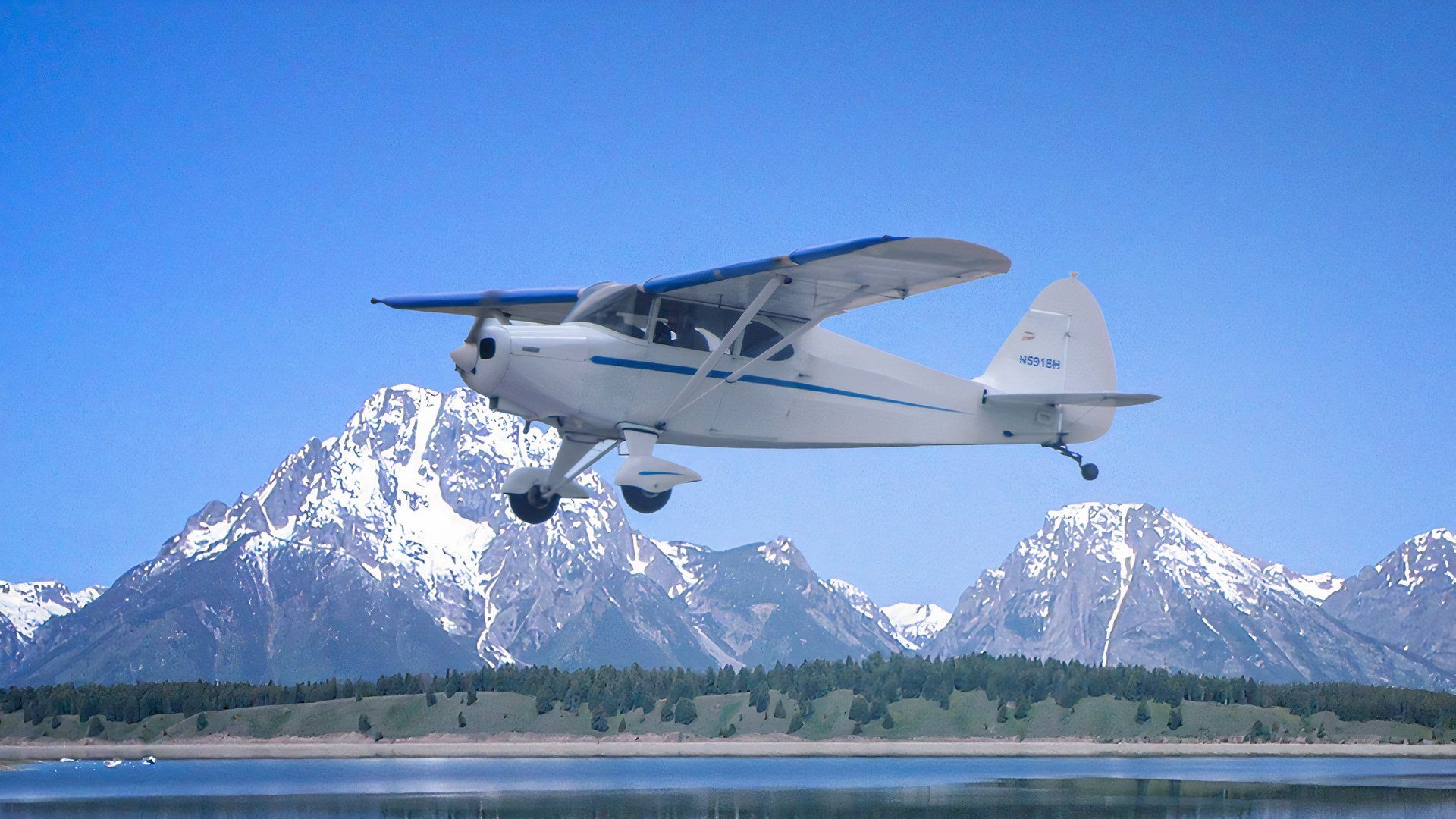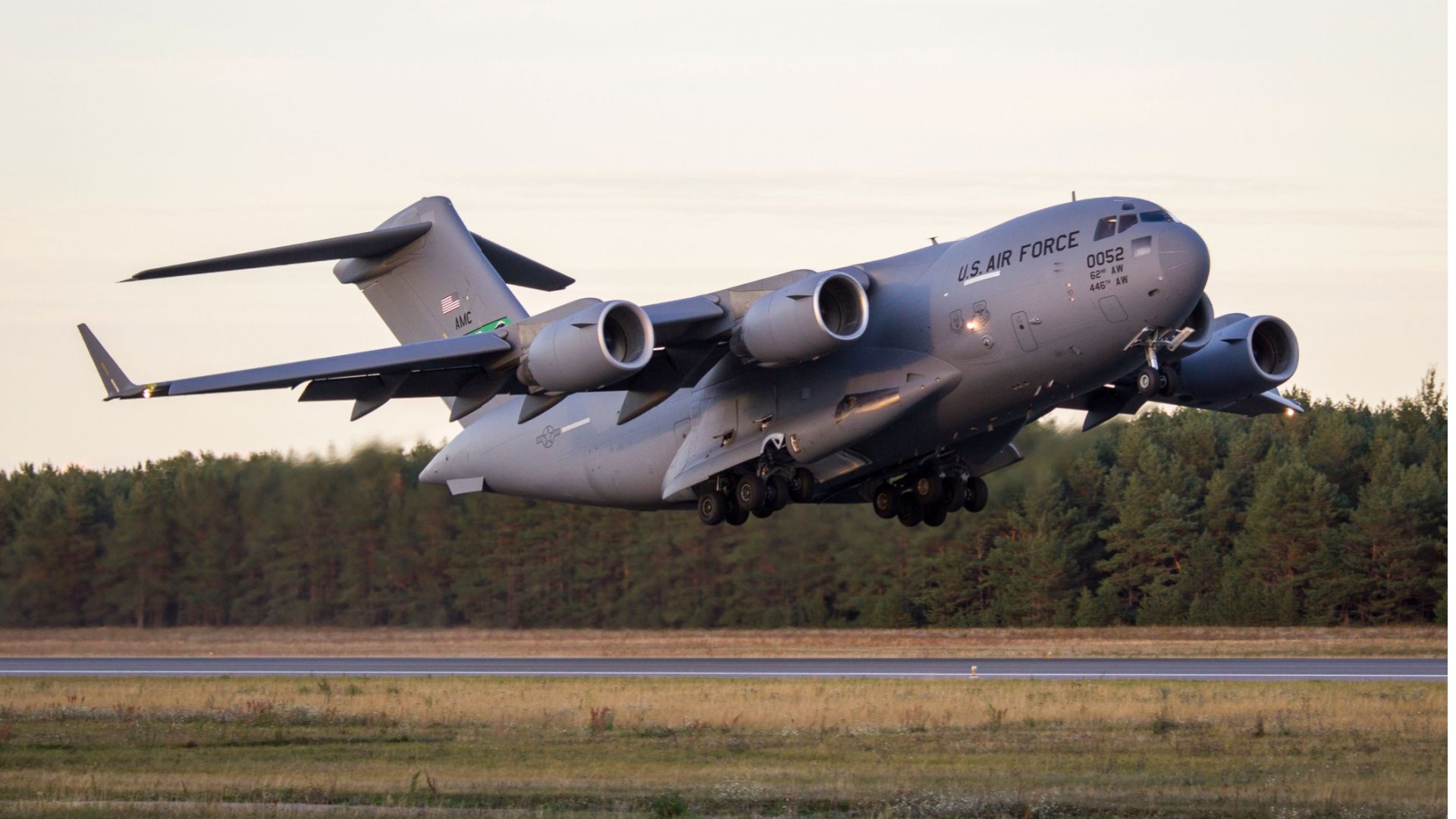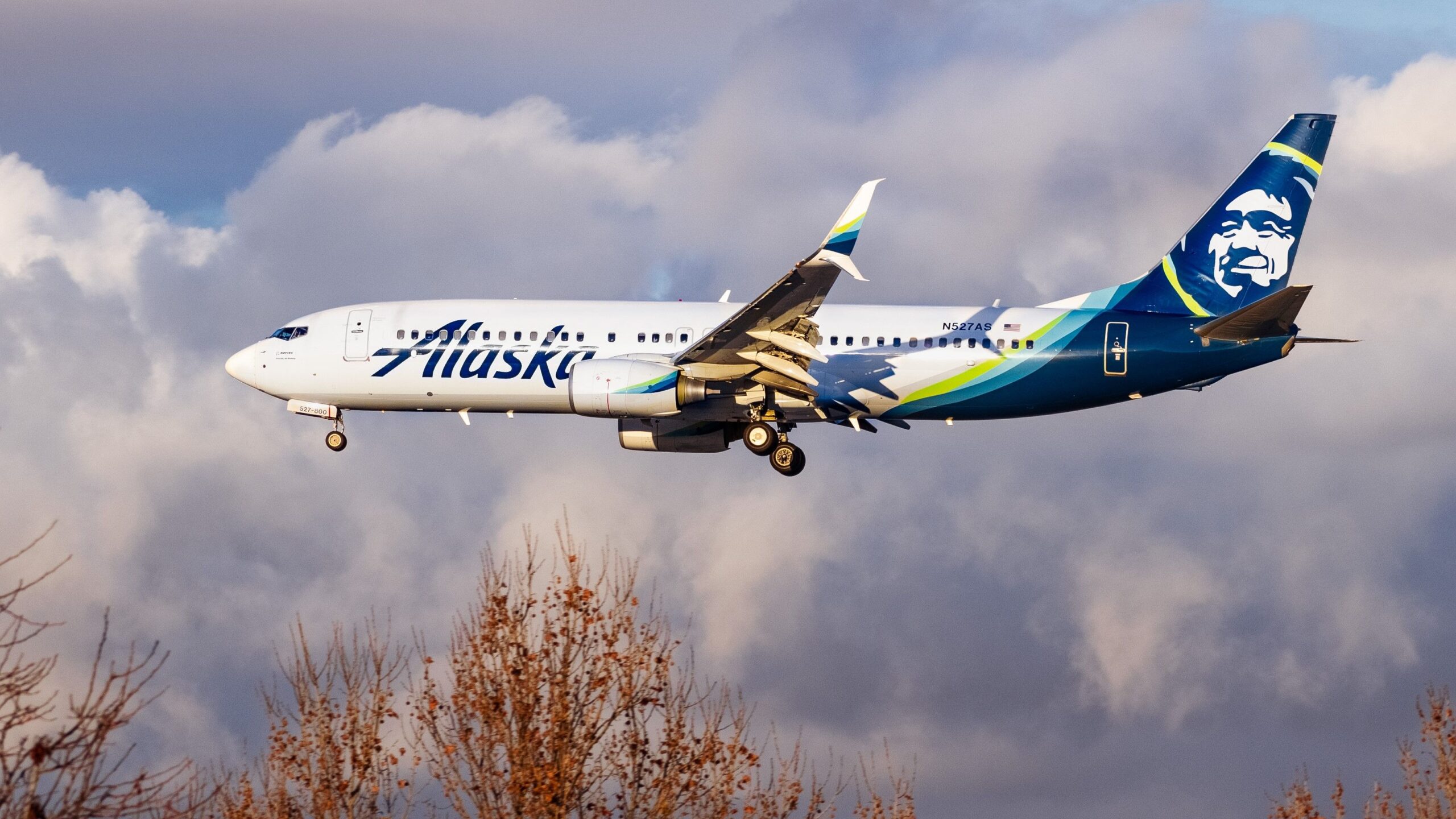Generally speaking, aircraft cannot fly without functioning engines. However, one aspect of engine performance and functionality that many forget is the role that oil plays. Much like driving your car without oil (as a first-time driver might) would slowly destroy your engine, aircraft engines will be unable to function correctly without the right amount of oil.
Let’s not confuse oil with fuel, as aircraft will certainly need that, too. Without fuel, an aircraft engine simply wouldn’t start, but without oil, the situation can quickly become an even bigger problem for pilots and mechanics alike. Oil leaks, any condition in which oil is seen on the ground outside an aircraft, must be addressed with an appropriate level of concern.
Photo: Media_works | Shutterstock
Not all leaks are the same
While one might think that all oil leaks have a similar root cause, this could not be further from the truth. According to the Aircraft Owners and Pilots Association, the color of the oil leaking out of an aircraft can be a crucial determinant for explaining the cause of a leak. As it happens, this can be a clear indicator of whether or not the situation requires immediate additional attention.
The first situation is when oil appears light brown, as if it has just come out of the container. This is a strong indicator that the spill has occurred during the maintenance procedure and doesn’t demonstrate an internal leak. In this situation, no additional action is required, and safety risk is relatively limited as long as one can confirm that the correct amount of oil did eventually enter the aircraft.
Which Way Do Airplane Engines Turn?
Photo: Tecnam
A second and far more problematic situation, however, is when oil drips onto the ground and is a black, greasy color. This is likely a strong signal that the leak must be further investigated in order to ensure safe flight operations.
So what next?
In the event that such a leak is discovered, as may often occur during a preflight walk-around of an aircraft or a maintenance procedure, mechanics will need to take a look at the leak to determine what the next steps should be. Many aircraft engines may leak a negligible amount, and thus, not all leaks require a procedure to address them.
Photo: AstroVictor | Shutterstock
This is so normalized that pilots may not even report leaks on aircraft that they are so familiar with as they can be standard to observe. Nonetheless, young pilots are always taught to raise the alarm if such a leak is spotted.
According to Acorn Welding, a leader in maintenance practices within the aviation industry, major oil leaks must be fixed by a professional, but are not an extremely difficult procedure. While not all leaks are reported, as the vast majority are not dangerous whatsoever, those that come close to even seeming like an issue are typically addressed right away by maintenance teams. Better safe than sorry when hundreds of lives are at stake and safety is paramount.
